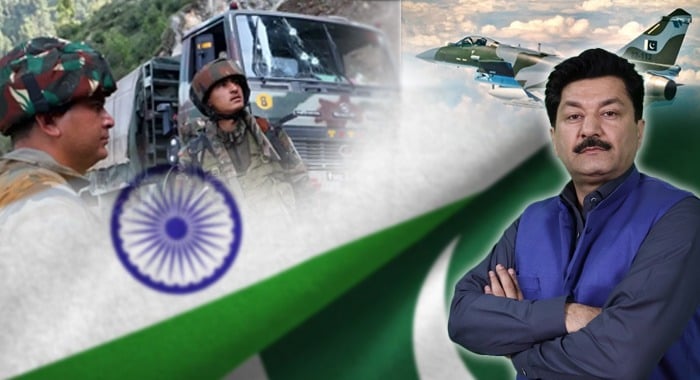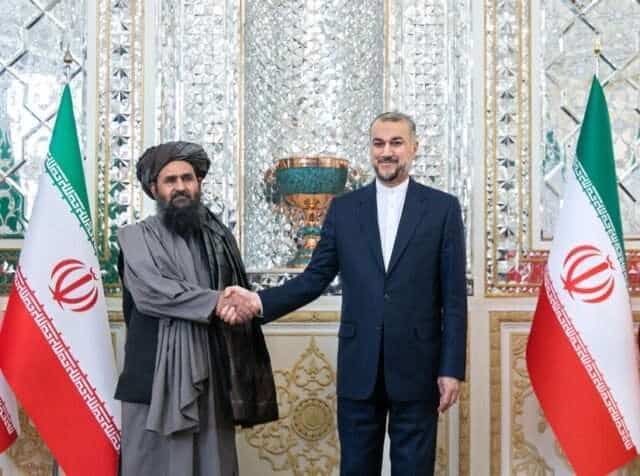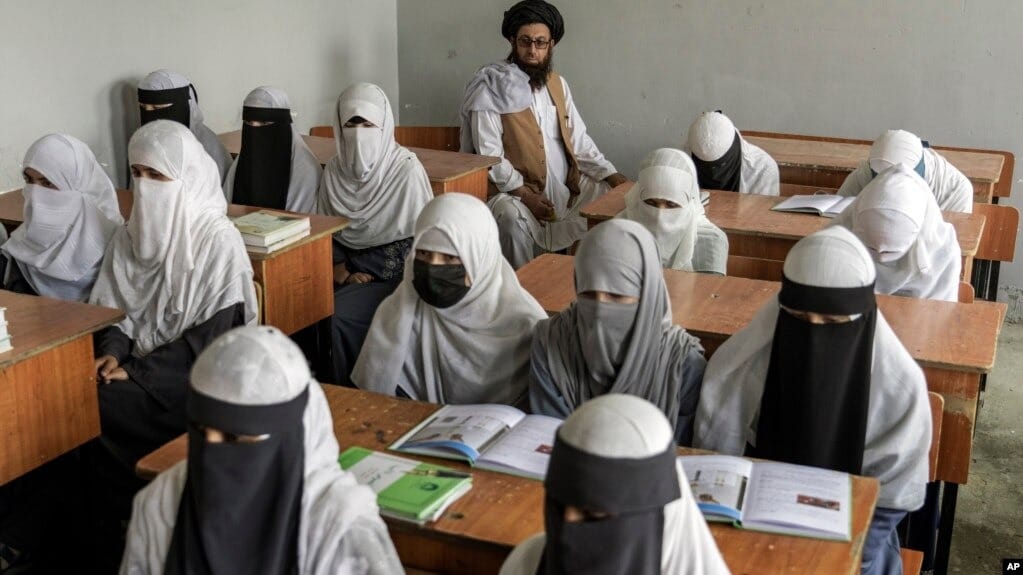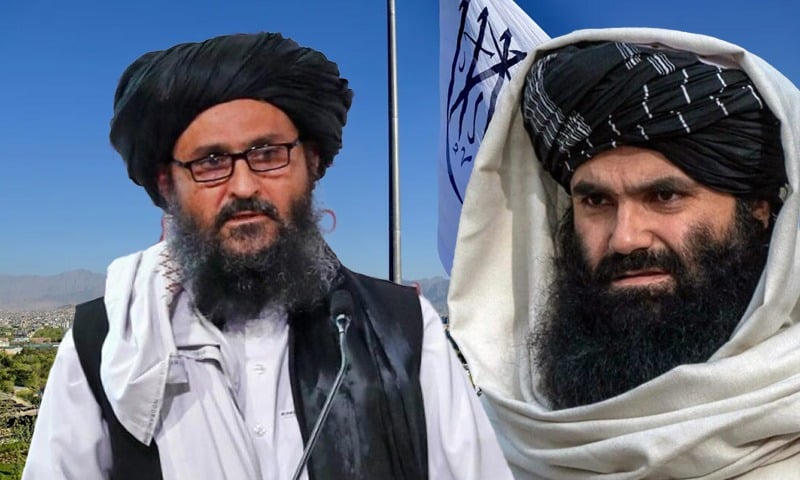Fida Adeel
After a prolonged period of strained relations, recent developments suggest a cautious but significant thaw between Pakistan and Afghanistan. The recent visit of Deputy Prime Minister and Foreign Minister Ishaq Dar to Kabul came at a crucial moment—soon after the Pahalgam incident—and marked the first high-level visit since the return of the Afghan Taliban to power. This shift, facilitated by quiet diplomacy and the tireless efforts of Ambassador Mohammad Sadiq Khan, signifies Pakistan’s renewed attempt to reset ties with Kabul.
Under the previous coalition government led by the Pakistan Democratic Movement (PDM), Foreign Minister Bilawal Bhutto Zardari was widely criticized for failing to visit Kabul during his 16-month tenure, despite extensive international engagements. That gap had left a diplomatic void at a time when Pakistan’s western border demanded urgent attention. Ishaq Dar’s visit has partly filled that vacuum and produced some early gains.
Dar’s meetings with Afghan Prime Minister, Deputy Prime Minister, and Foreign Minister Amir Khan Muttaqi focused on three key issues: trade, security, and the status of Afghan refugees in Pakistan. While no dramatic breakthroughs were achieved, both sides acknowledged the need for continuous dialogue. There was consensus that official delegations should now travel regularly between Islamabad and Kabul.
On the sensitive matter of Afghan refugees, Dar offered key assurances: they would be repatriated with dignity, allowed to sell their assets in Pakistan without obstruction, and permitted to take their belongings with them. This gesture not only addressed Kabul’s longstanding concerns but also signaled Pakistan’s willingness to pursue a humane and phased approach to repatriation.
However, thornier issues such as border disputes and the trade impasse will require time and consistent engagement. The controversial construction at Torkham and frequent border closures have disrupted commerce and undermined mutual trust. Nonetheless, both parties agreed to seek gradual solutions and boost bilateral trade in the long term.
Yet the most intractable challenge remains: the continued presence and operations of the Tehrik-i-Taliban Pakistan (TTP) on Afghan soil. Pakistan has repeatedly provided evidence that the TTP is using Afghan territory to orchestrate cross-border terrorism. Despite the Taliban’s claim of absolute control over Afghanistan, questions persist about their willingness—and ability—to dismantle these militant sanctuaries.
The Taliban, now in their second term of rule, maintain a firm grip over the entire country, including former resistance strongholds like Panjshir. Political opposition has been stifled, dissenting leaders are sidelined, and the Afghan people have no real alternatives. Given this absolute authority, the question arises: why do non-Taliban armed groups, especially the TTP, still operate freely?
The Taliban’s supreme leader Sheikh Abdul Hakeem Haqqani has issued clear instructions prohibiting any group other than the Taliban from bearing arms. But these orders remain unenforced in areas where the TTP is visibly active, even patrolling in vehicles. This gap between policy and practice raises doubts about the Taliban’s intent.
One explanation offered is that the Taliban fear that cracking down on the TTP could push its fighters into the fold of Islamic State Khorasan (ISIS-K). However, this argument is weak. The TTP and Taliban both follow the Deobandi school of thought, while ISIS-K is Salafi—an ideological gulf that is hard to bridge. The threat of defection seems exaggerated.
Another theory points to internal divisions within the Taliban itself. Rivalries between the Kandahari leadership and the Haqqani Network have reportedly hindered cohesive action. If one faction targets the TTP, it may trigger a realignment that could shift fighters to the other camp. This internal power balance appears to be restraining the Taliban from fulfilling their international commitments, particularly to Pakistan.
Compounding the problem is Afghanistan’s economic instability. The cessation of the U.S.’s $40 million monthly aid has forced the Taliban to downsize their ranks. Many former Afghan National Army personnel who had joined the Taliban have now been laid off. Disturbingly, some of them are believed to have joined groups like the TTP. This militarization of jobless fighters is a ticking time bomb.
Recent events underscore the danger. In North Waziristan’s Hasan Khel area, 71 militants were killed over two days while attempting to infiltrate the border—54 on the first day and 17 the next. Most of them were Afghan nationals. This incident has not only exposed the TTP’s recruitment strategy but also called into question the Taliban’s control over foreign fighters operating inside Afghanistan.
The Taliban’s reluctance to act decisively against the TTP is deeply rooted in shared history, ideological alignment, and kinship ties built during the two-decade war against U.S. and NATO forces. Many of today’s TTP leaders once found refuge in Afghanistan. Their families intermarried, their struggles aligned. Dismantling such networks is not just politically risky—it is emotionally and historically fraught.
But these complexities do not excuse inaction. If the Taliban want international recognition and regional legitimacy, they must prove that they are not hosting or shielding militant groups that endanger their neighbors. As things stand, the Afghan Taliban and the TTP still resemble two sides of the same coin—bound by more than just ideology, and separated only by geography.
Pakistan’s cautious engagement with the Taliban is a step in the right direction. But for this thaw to become a sustainable partnership, Afghanistan must demonstrate its sovereignty not just through territorial control, but by enforcing order, dismantling armed proxies, and upholding its responsibilities as a neighbor.





